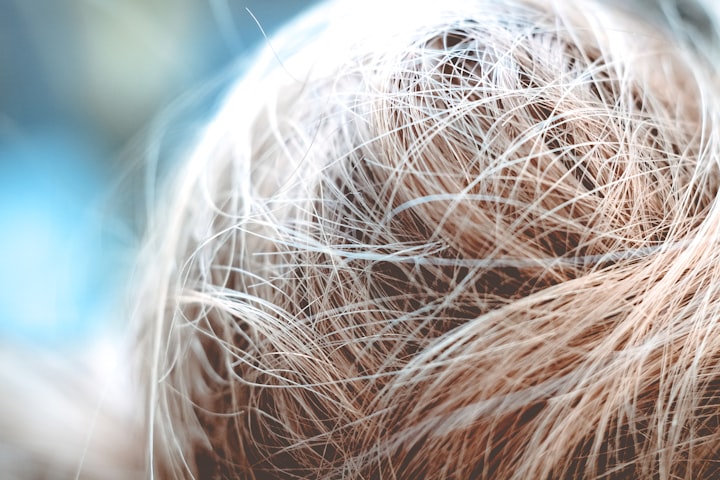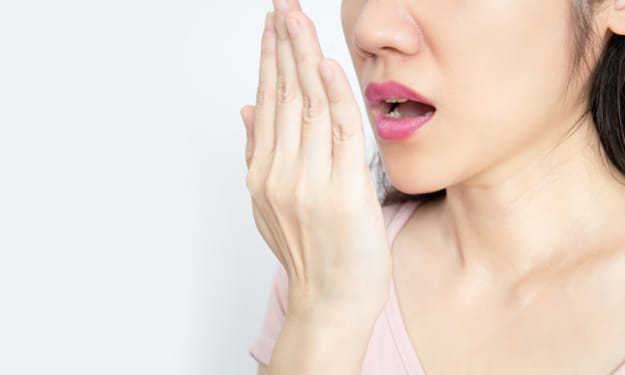
Hair damage can lead to various problems, both aesthetic and functional. Damaged hair is prone to breakage, resulting in shorter, uneven hair strands. Split ends occur when the protective outer layer of the hair cuticle is worn away, causing the hair to split into two or more separate strands.
Here are 39 tips to prevent your hair from damage:
1. Minimize the use of heat styling tools like flat irons and curling irons.hair
2. Prior to using heat styling tools, apply a heat protectant spray.
3. Allow your hair to air dry whenever possible instead of relying on blow dryers.
4. Gently pat your hair dry with a soft towel instead of rough rubbing.
5. Use a wide-toothed comb or a brush with soft bristles to detangle your hair gently.
6. Avoid using hair elastics with metal parts that can cause hair to snag and break.
7. Opt for fabric scrunchies or hair ties to minimize hair breakage.
8. Avoid tight hairstyles that put excessive tension on your hair, such as tight ponytails or buns.
9. Sleep on a satin or silk pillowcase to reduce friction and prevent hair breakage.
10. Regularly trim your hair to remove split ends.
11. Be gentle when brushing your hair, especially when it's wet, to prevent breakage.
12. Use a deep conditioning treatment once a week to nourish and moisturize your hair.
13. Protect your hair from chlorine and saltwater by wearing a swim cap or rinsing it with fresh water before swimming.
14. Limit the use of chemical treatments like relaxers, perms, and hair dyes.
15. If you choose to color your hair, opt for gentle, ammonia-free hair dyes and minimize touch-ups.
16. Handle your hair with care while shampooing, using a sulfate-free shampoo.
17. Condition your hair after each shampoo to keep it hydrated and prevent damage.
18. Wash your hair with lukewarm or cool water instead of hot water.
19. Prior to sun exposure, apply a leave-in conditioner to protect your hair.
20. Wear a hat or use a UV-protective spray when spending extended periods in the sun.
21. Avoid exposing your hair to extreme cold or wind for prolonged periods.
22. Steer clear of tight hats or headgear that can cause friction and breakage.
23. Be mindful when using hair accessories like clips or pins to prevent snagging and breakage.
24. Limit the use of hair extensions, as they can strain and damage your natural hair.
25. Opt for gentle hair products that are free from harsh chemicals and sulfates.
26. After conditioning, rinse your hair with cool water to seal the cuticles and add shine.
27. Detangle wet hair gently using a wide-toothed comb or your fingers, starting from the ends and working your way up.
28. Avoid excessive sun exposure, as it can lead to dryness and damage to your hair.
29. Protect your hair from harsh weather conditions by wearing a hat or scarf.
30. Avoid using harsh or abrasive hair accessories, such as metal clips or elastic bands with metal clasps.
31. Regularly massage your scalp to stimulate blood flow and promote healthy hair growth.
32. Minimize backcombing or teasing, as it can weaken and break your hair.
33. Choose hair products that are alcohol-free to prevent drying out your hair.
34. Use hot styling tools like curling irons or straighteners sparingly and at the lowest heat setting possible.
35. Maintain a safe distance between the blow dryer and your hair, using a diffuser attachment to distribute heat evenly.
36. Occasionally use a protein treatment to strengthen and repair damaged hair.
37. Protect your hair from friction and damage while sleeping by loosely braiding or tying it up.
38. Towel-dry your hair gently to avoid causing frizz or breakage.
39. Avoid excessive chemical treatments that can over-process your hair.
It is important to address hair damage and take steps to improve hair health through proper care, regular trims, minimizing heat and chemical treatments, and using suitable hair products. Consulting a professional hair stylist or trichologist can provide personalized advice and treatment options for specific hair concerns.
About the Creator
Shamreena
Spread love and be loved by love💌.






Comments
There are no comments for this story
Be the first to respond and start the conversation.